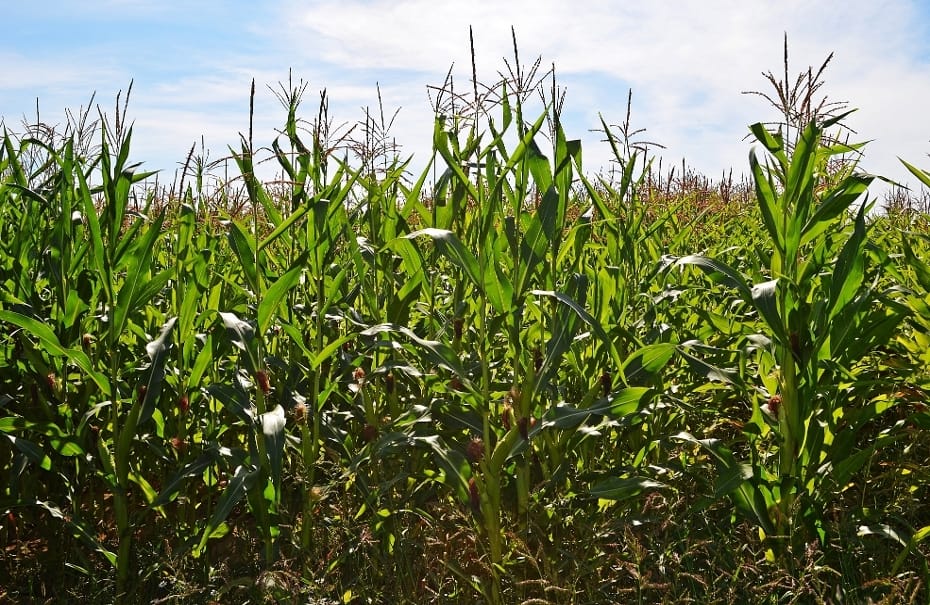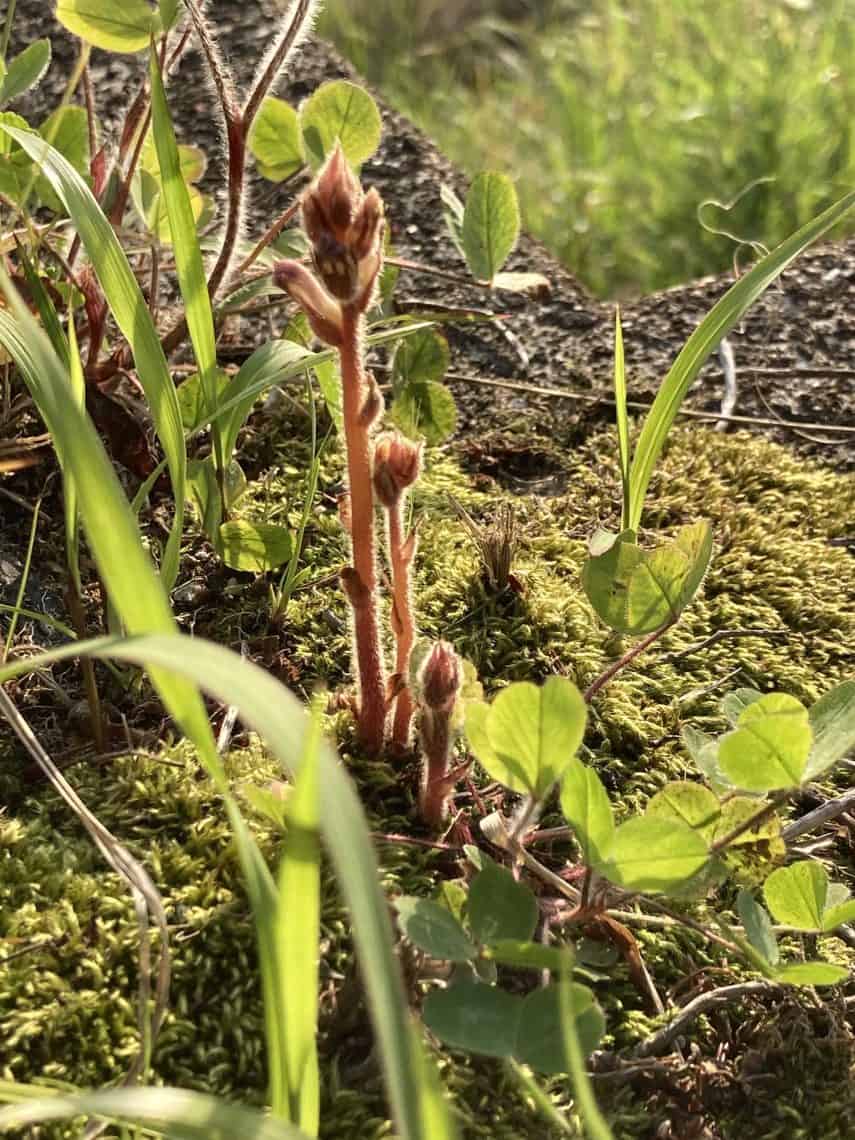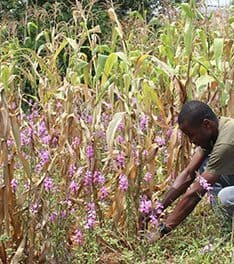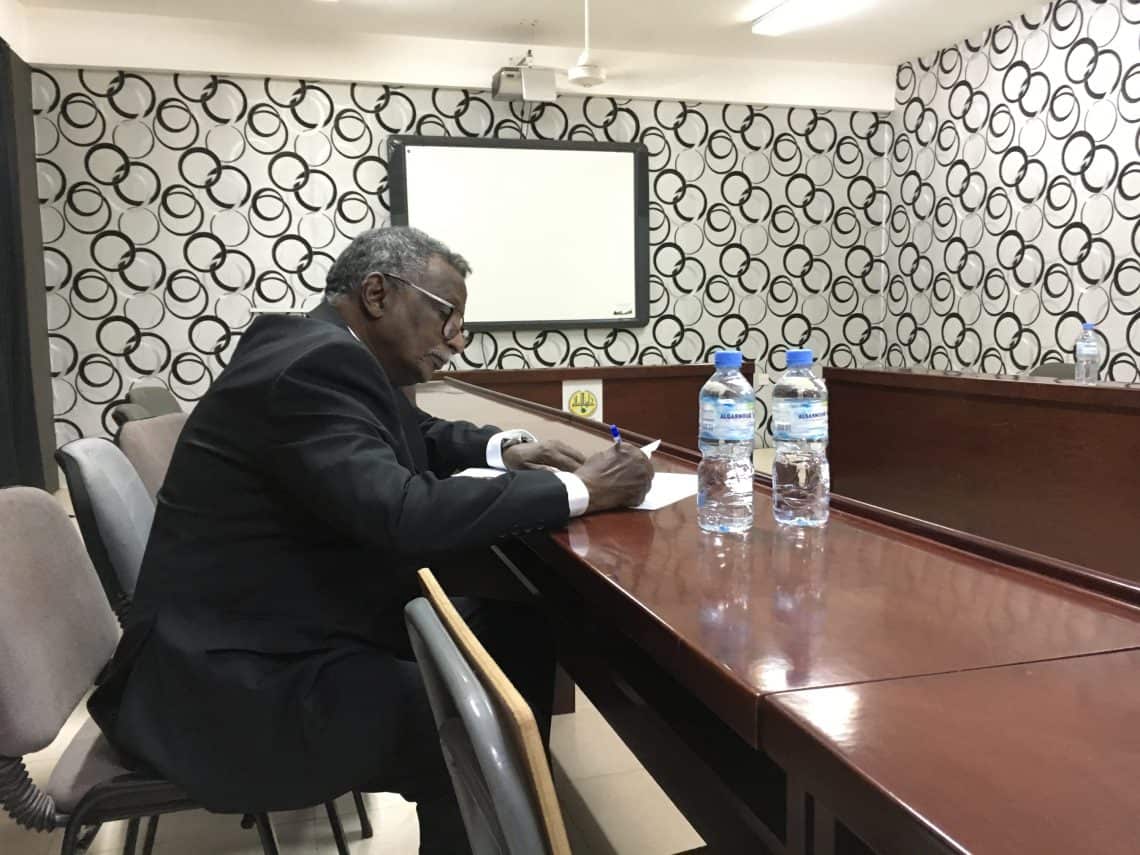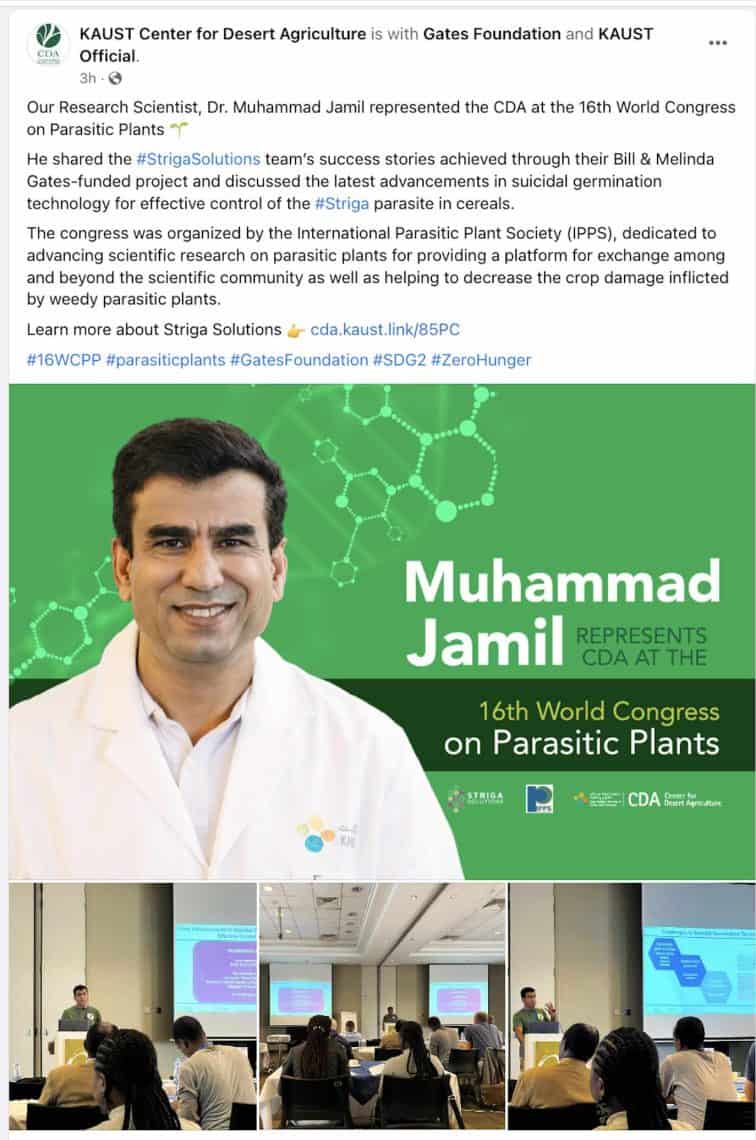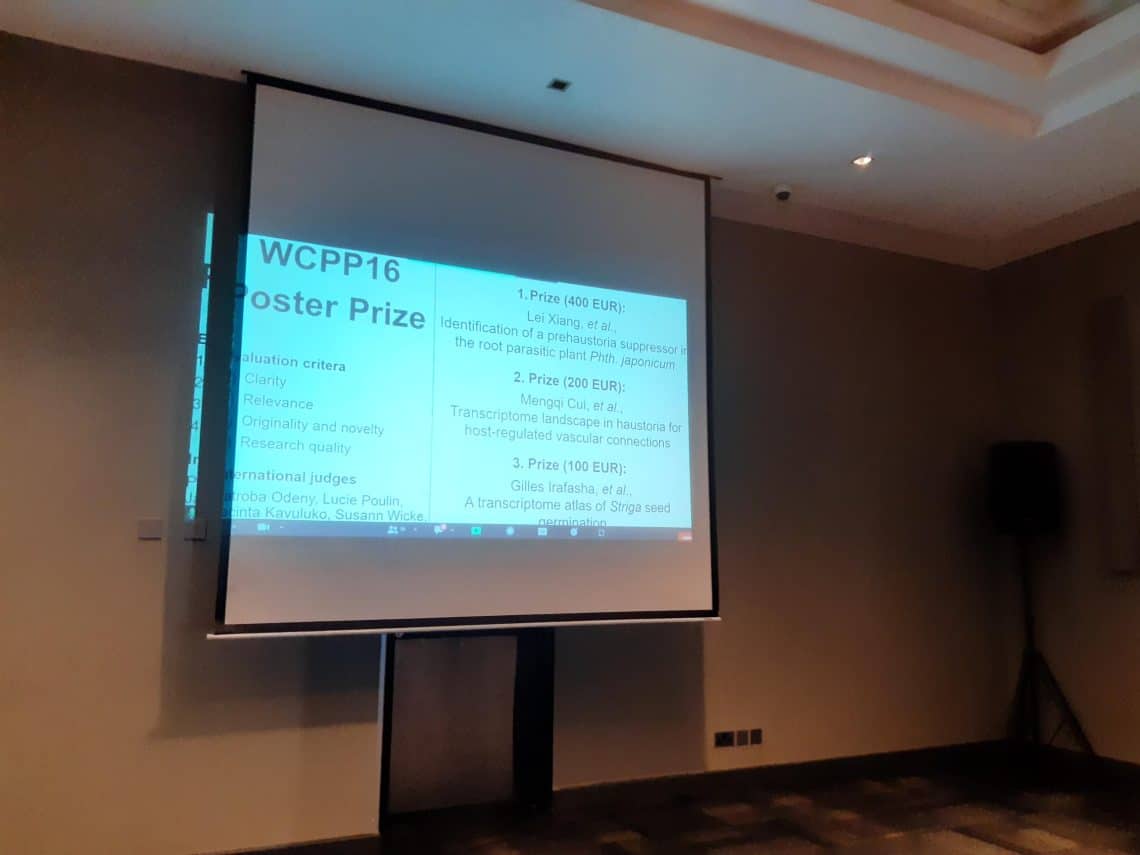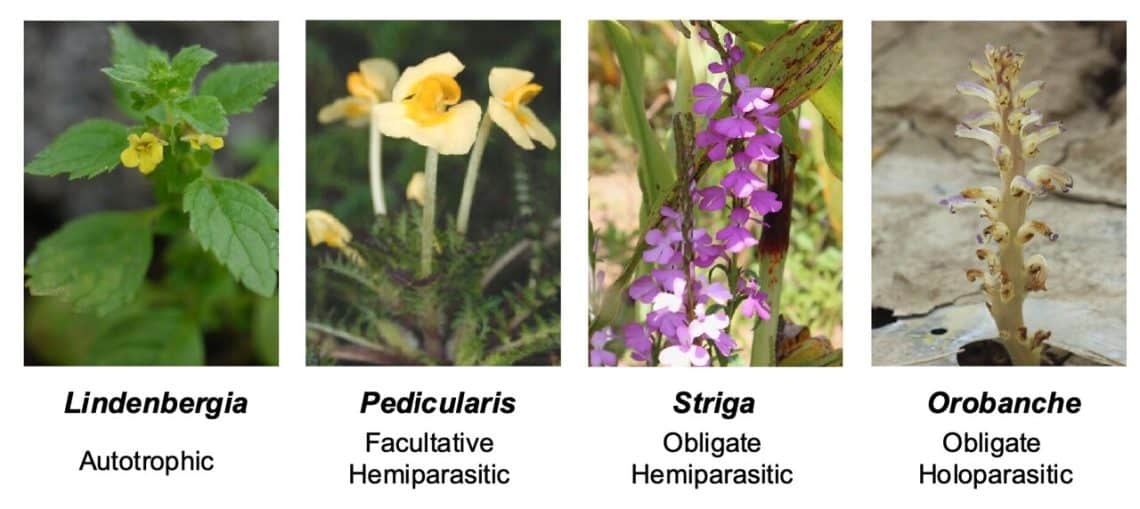Harro Bouwmeester received a Proof of Concept Grant funded by the European Research Council (ERC) for the project LGSMAIZE. With this grant we will test whether it is possible to genetically modify African maize genotypes so they become resistant to parasitic witchweeds. This can be an enormous asset in the fight against witchweed. The parasitic […]
ERC Proof of Concept grant to control witchweed infection in maize
